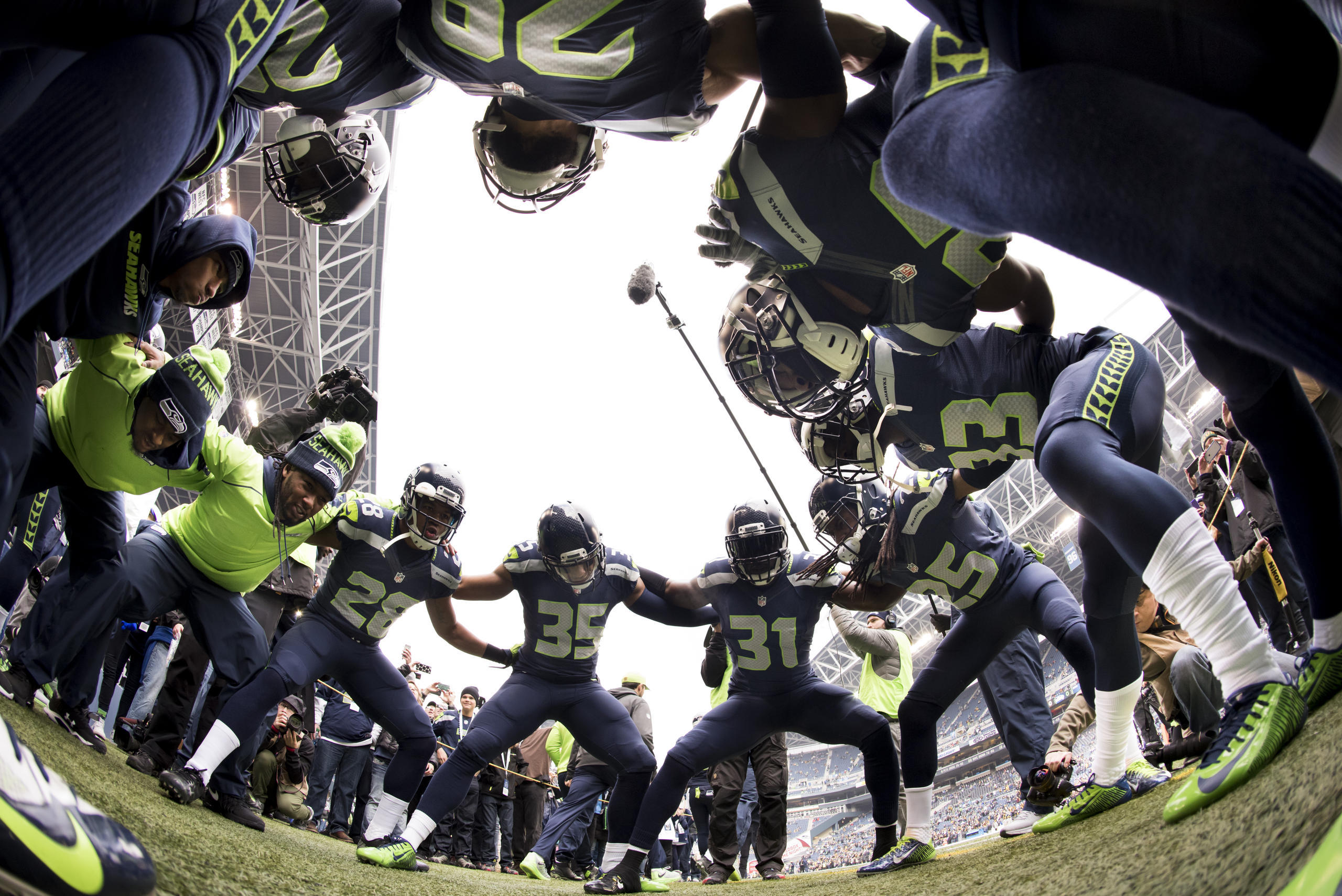As a reminder, the factors are as follows:
AGE – The younger, the better. Some positions, like RB, are more harshly rated as age is a larger factor.
HEALTH – This could also be called dependability as it encompasses injury and absences for other reasons like suspension. A player with a current injury is rated more harshly as their recovery is unknown.
IMPACT TO DATE – This is about how the player has performed on the field thus far through their career. What level of performance have they already demonstrated?
POTENTIAL GROWTH – How much better can they be than they are right now? A great player may not have much more room to grow.
HARD TO REPLACE – This combines a variety of considerations including: salary for that position type, scheme demands on that position, uniqueness of skill set for the player, and typical ability to find fill that position played in to that level in the NFL.
Not all of these factors are equal. It is far more important, for example, to have demonstrated your impact on the field than it is to be young or have potential. I weighted the factors to address this, and it is the weighting where I made the changes:
IMPACT TO DATE = 45% (was 30%)
HARD TO REPLACE = 25% (no change)
POTENTIAL GROWTH = 15% (was 20%)
AGE = 10% (was 15%)
HEALTH 5% (10%)
The big change is putting a much heavier emphasis on performance to date. The old formula placed too great an emphasis on being young and healthy, a full 25% of the score. That has been reduced to 15%. Potential for improvement was also a little heavy. A player who is already great should not be knocked down much for having less potential be even better. The resulting 15% was added to the Impact To Date category, making it nearly half the total score.
The formula now looks like this:
(AGE*0.10) + (HEALTH*0.05) + (IMPACT TO DATE*0.45) + (POTENTIAL GROWTH*0.15) + (HARD TO REPLACE*0.25) = PLAYER SCORE
And here are the results (the change in the rankings shows in the +/- column):
The changes had the biggest positive impact on players like Marshawn Lynch and Chris Clemons that have been terrific on the field, but have injury concerns, and less potential for improvement. It predictably had the biggest negative effect on young players that have not yet proved themselves enough on the field like Jeremy Lane, Greg Scruggs and J.R. Sweezy. It also lowered some players scores enough to move them out of the CORE category, like K.J. Wright and Bruce Irvin.
I like these results better, but I may continue to tweak the formula as I reflect on it. What say you?
